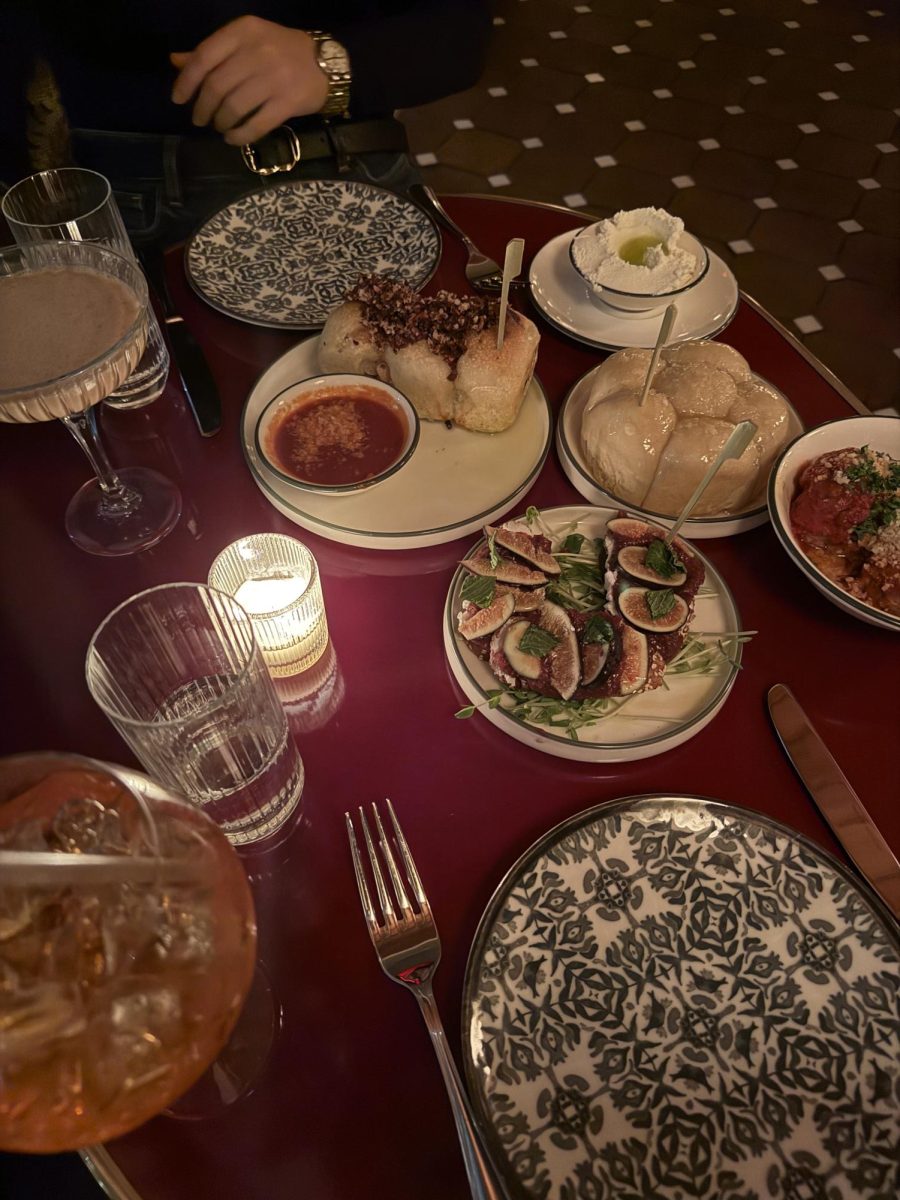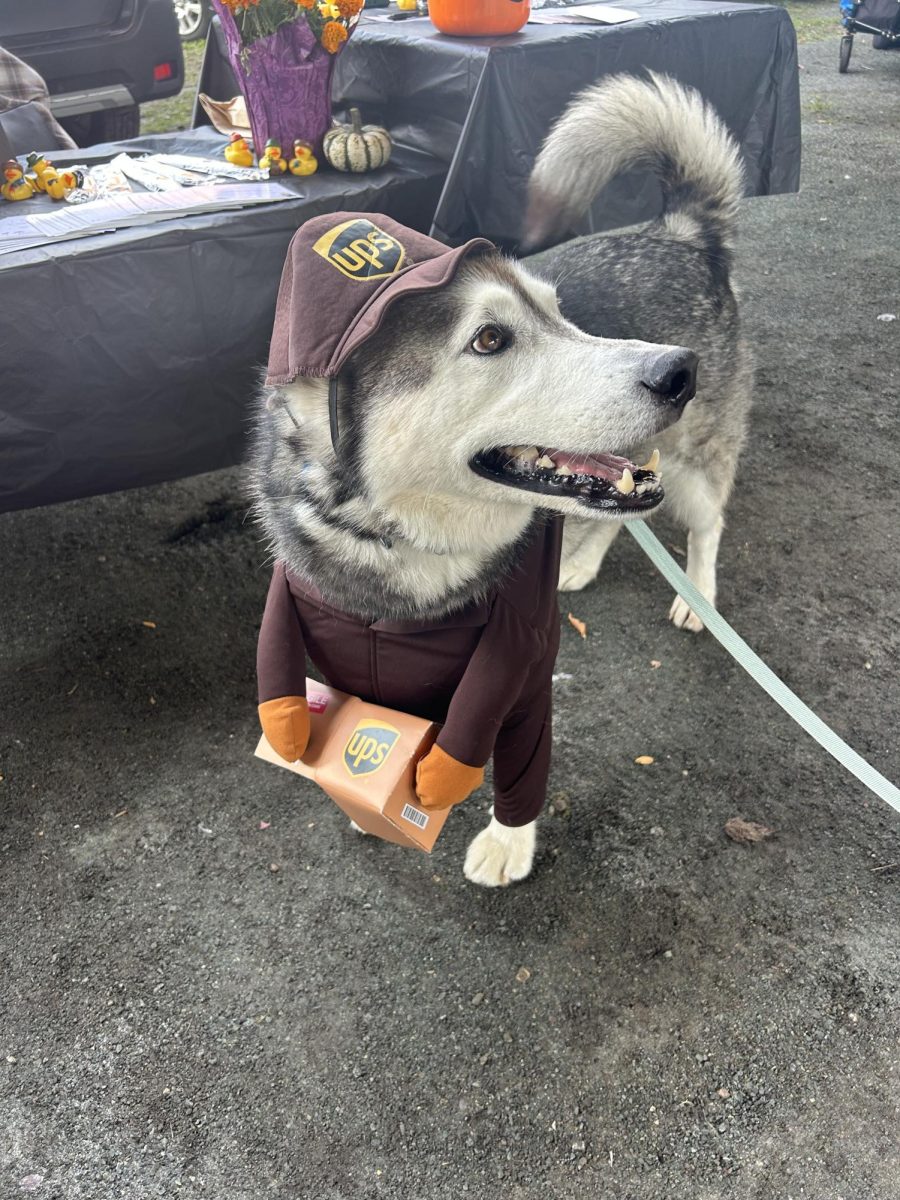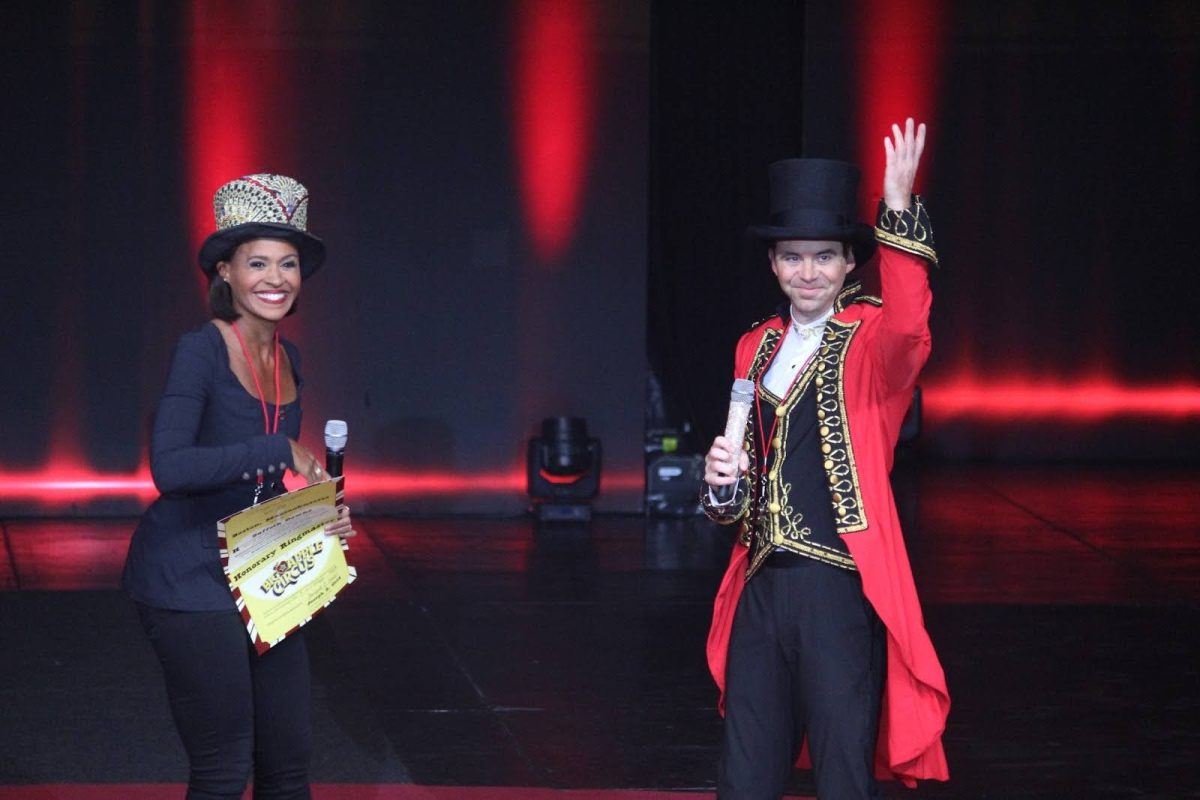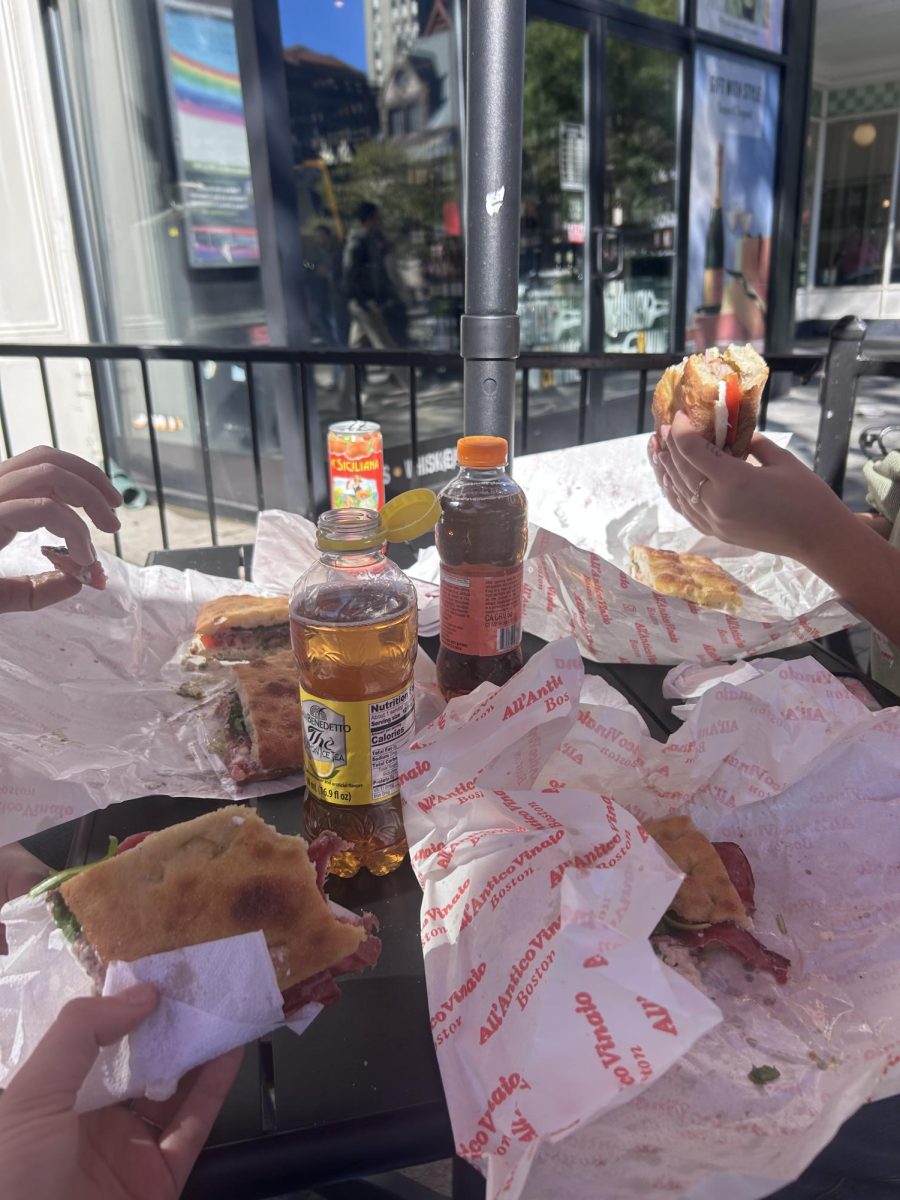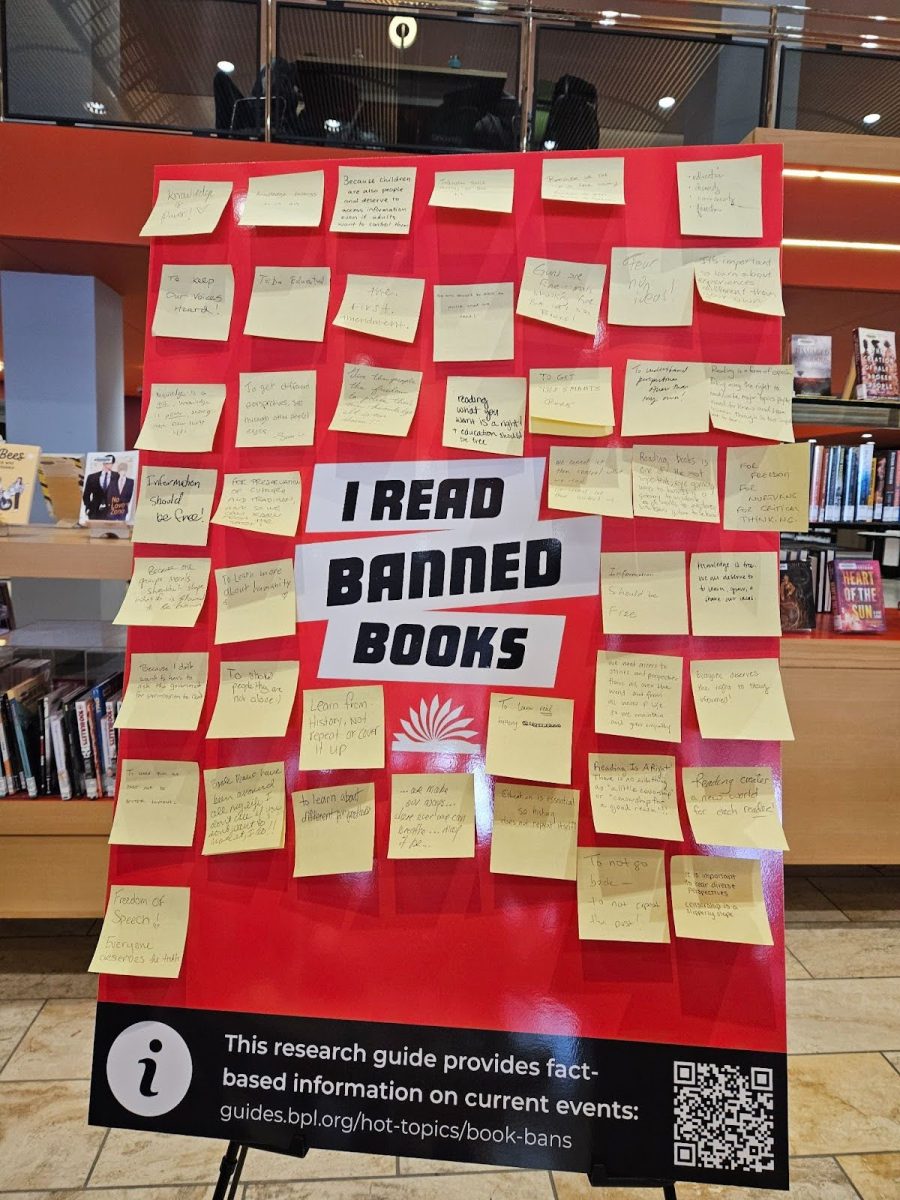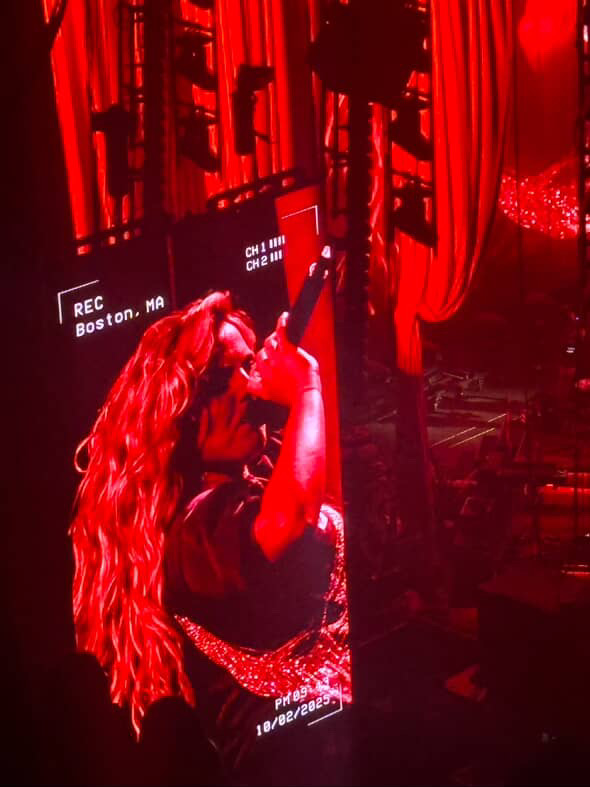Article By: Derek Anderson
Governor Djehutynakht was buried 4,000 years ago along with all his possessions in one of the most famous tombs of the Middle Kingdom. Tomb 10A is now being presented to the public four centuries later at the Museum of Fine Arts.
Right now at MFA, Djehutynakht’s tomb and remaining possessions are open for public viewing. The museum already has an intriguing Egyptology wing that is constantly open for spectators to enjoy, but this special exhibit, “The Secrets of Tomb 10A,” is a closer, more specific look at what the Middle Kingdom of Egypt was like. From displays of the Djehutynakht’s coffin pieces to a fleet of 58 model boats, the exhibit is something that will catch anyone’s eye, whether Egyptian artifacts is something of interest or not.
Upon entering the exhibit, a few statues and artifacts found in the tomb are presented, but mostly information was put on pictures of the outside of the tomb and on the walls to prepare viewers with the knowledge of Tomb 10A. In 1915, MFA archeologists spent three months in the Egyptian countryside emptying what remained of Governor Djehutynakht’s tomb. Unfortunately, grave robbers that had gotten to Tomb 10A first took a lot from the tomb. The robbers, assumed to be from ancient times, destroyed and stole a lot of what the tomb preserved, including the mummies themselves. The governor and his wife were both buried together, but archeologists found only one head on top of Djehutynakht’s broken, open coffin. Whose head it is, the governor or his wife, cannot be identified, but it’s on display in the exhibit. The robbers also tried to burn the tomb’s contents, but the fire failed to ignite, leaving what is in the Tomb 10A exhibit intact.
Besides the extraordinary mummy head, the exhibit has a lot to offer. Djehutynakht had one of the largest model fleets of boats known in history buried with him. These model boats were supposed to help bring the governor to heaven to be alongside the sun god, Ra. Since the Nile River was the backbone to Egypt, these boats were of huge significance. Along with the boats, pieces of Djehutynakht’s multiple layered coffin were presented around the exhibit. With intensely small and amazing hieroglyphics and designs on the inside and tops of the coffin layers, some were supposedly parts from the ancient Book of Two Ways. According to the Egyptians, the deceased had two options for the afterlife; the dead can either live an afterlife boating with Ra, or live in the kingdom of the underworld with the god of the dead, Osiris. To help guide Djehutynakht in the afterlife, spells from the Book of Two Ways were written all over the coffin.
The exhibit of Tomb 10A is really an amazing thing to witness. Being able to see artifacts and the ways of life of culture 4,000 years old is incredible. It reminds people how different the world is today. It is an exhibit that should be experienced by everyone, whether there is interest in the subject or not. Plus there’s a mummy head and the special exhibit is free. What more could be asked for?


